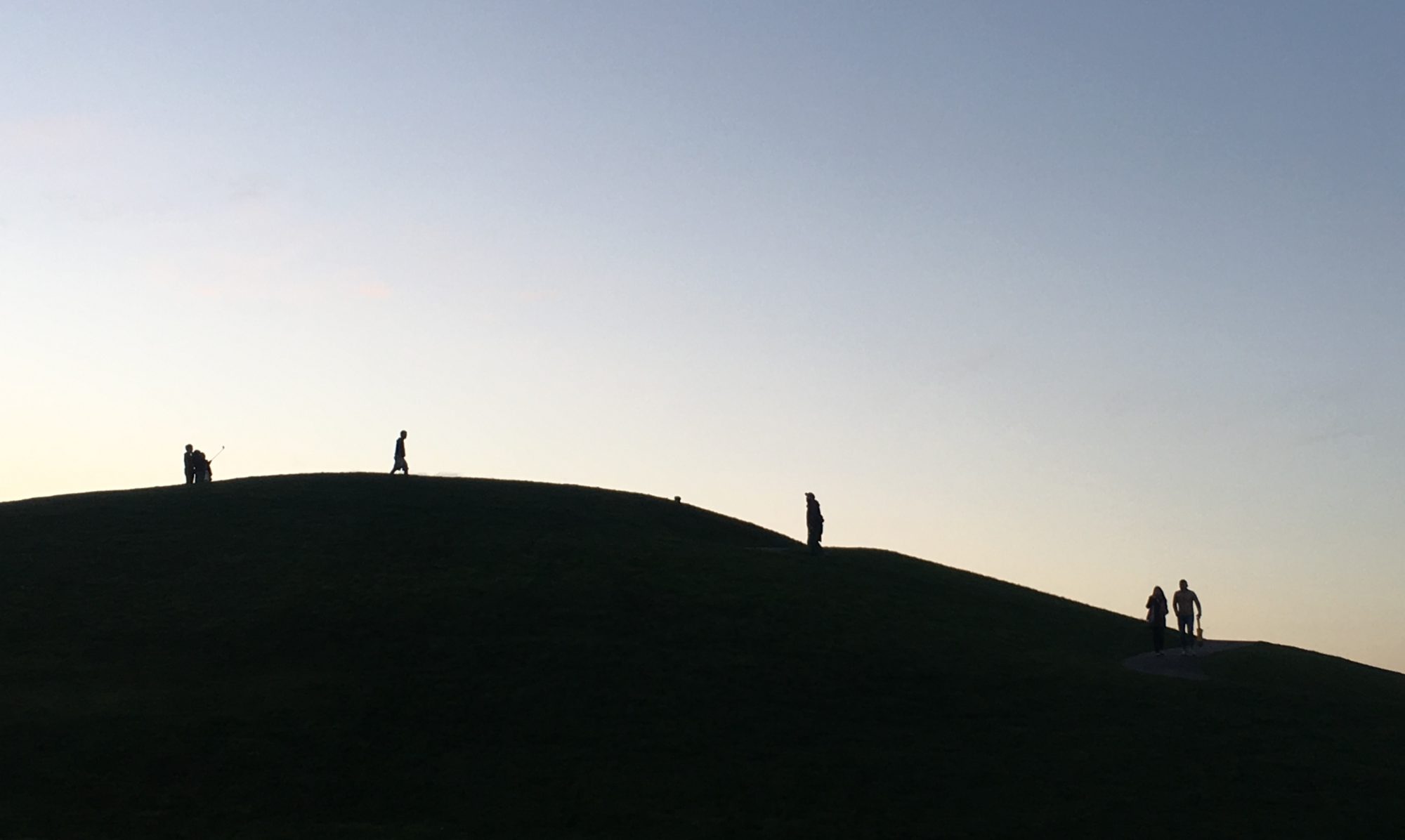According to Matthew they came from the east, looking for a newly born king. Neither Mark nor John say anything about the birth, whereas Luke, who does, mentions only shepherds and angels. Traditionally they have been called wise men, and sometimes magi, a name which refers specifically to an ancient Persian priestly cast, but which has come to be used more generally to mean someone skilled in Oriental astrology and magic, which everywhere were the earliest forms of catalogued human knowledge. Some think they might have been Zoroastrians.
In the Western Christian tradition they were three in number primarily, it seems, because Matthew said that they brought with them three gifts, and for some reason the early Western church thought that wise Eastern men could manage one and only one present each. In the Eastern Christian tradition they were twelve in number, which seems suspiciously like one wise man for each of the days between the date on which the birth was celebrated (25 December) and the date on which their arrival at the scene of the birth was celebrated (6 January). Around three hundred years after they made their famous journey, the church upgraded them from magi to kings, reflecting no doubt a greater willingness among church leaders to defer to power rather than wisdom. Around five hundred years after that, their names were first recorded in the text known as the Excerpta Latina barbari: Balthasar (from Arabia or Ethiopia), Melchior (from Persia), and Gaspar (from India).
Continue reading “Comets”